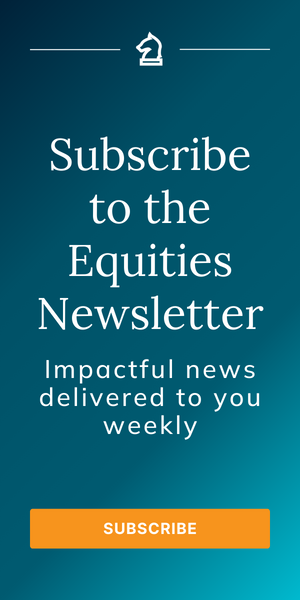Banking the Unbanked is a $380 Billion Opportunity
Banking the Unbanked is a $380B Opportunity
Today’s infographic comes from Raconteur, and it looks at the opportunity of providing financial services to the population of unbanked people in emerging markets. View the full-size version of the graphic for better resolution.
For those of us living in North America or Europe, we generally take the near-universal access we have to financial services for granted.
Sure, there are many people that have questions or concerns about the way central banks and currencies operate, but even the most skeptical of these people likely keep some money in a bank or investment account. It’s convenient, easy, and it facilitates other economic transactions.
But, there are billions of people in the world that do not have such an opportunity. This “unbanked” population pays for rent and goods in cash, and they usually don’t have easy access to things like a bank account, insurance, investments, or pensions.
Where are the Unbanked?
The World Bank has data from 160 countries on this subject, and it’s clear that there are some pretty significant holes that can be filled – either by financial institutions, or fintech companies – that are willing to take the chance.
Most of the world’s unbanked population lives in highly rural, undeveloped areas such as sub-Saharan Africa and Central Asia. In countries in these regions, such as Turkmenistan (where only 1.8% have bank accounts) or Niger (3.5% have accounts), banking is largely unknown to the masses.
A Multi-Billion Dollar Opportunity
But is an unbanked country like Turkmenistan where the opportunity lies? Not really, because it only has five million people, close to 60% unemployment, and a particularly repressive regime. It’s a lot of risk to take on for an extremely low payoff.
However, emerging economies in the Asia-Pacific and Latin America/Caribbean seem like a much safer potential bet for would-be providers. While smaller proportions of their populations lack access to basic financial services, their higher overall populations and income levels make them a more feasible choice.
In the Asia-Pacific, the World Bank sees increased banking penetration as a $79 billion opportunity for personal banking of individuals with under $8k in annual income. Likewise, it sees a $95 billion opportunity in micro and small business banking in the region.
For Latin America and the Caribbean, the opportunity is similar: $34 billion for personal banking (less than $8k income) and $81 billion for micro and small banking business.



